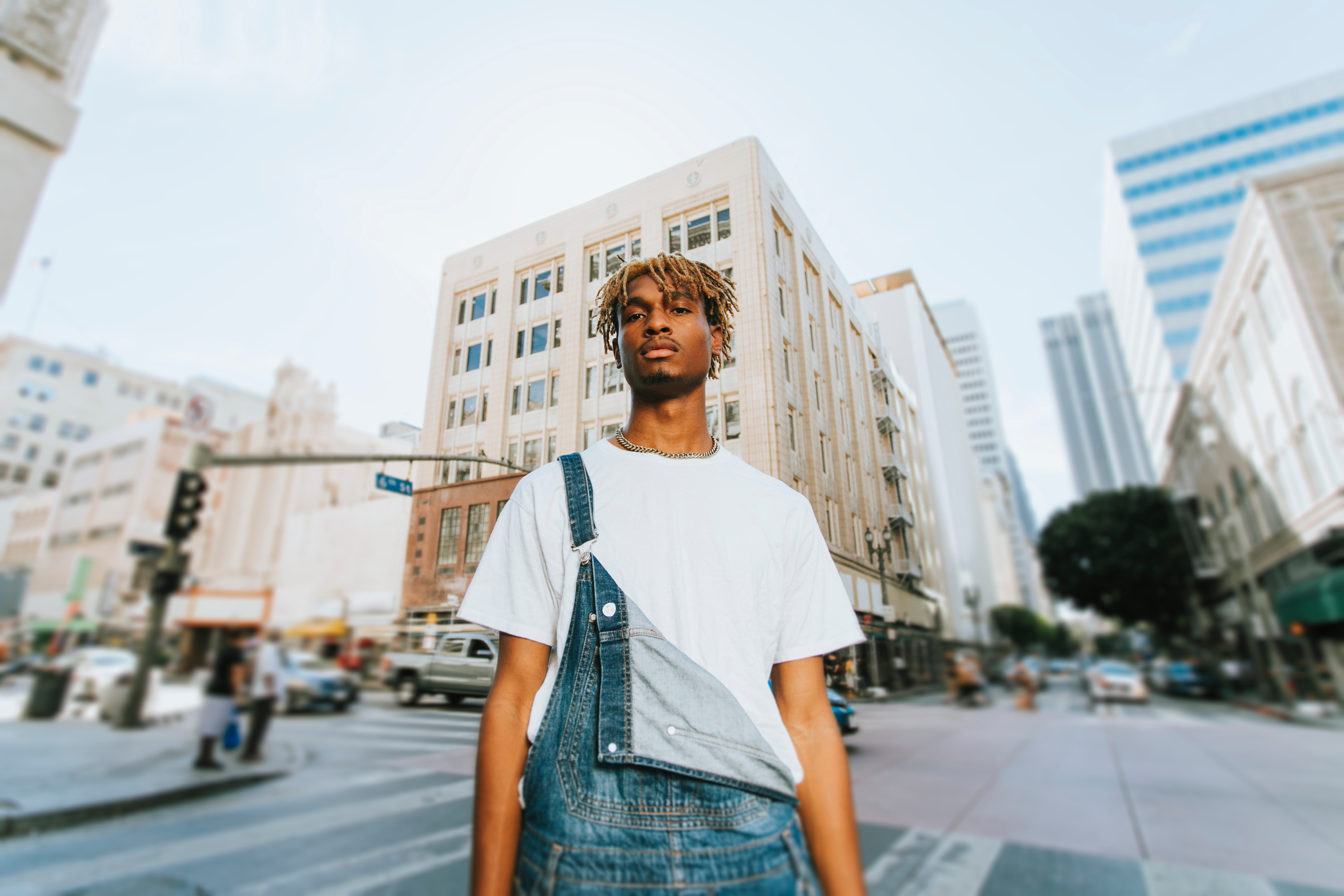
Go into any coffee shop in Austin or Brooklyn, and you'll see something remarkable. The barista with perfectly fitted jeans and frayed leather apron is not attempting to be casually cool or cool by accident—they actually are.
This has nothing to do with fashion or Instagram looks. Something more profound is at work here, a radical change in the way people view work, status, and how they live well—a transformation where working-class culture is being redefined and, paradoxically, appropriated by luxury fashion houses.
Many are seeing the emergence of a new working-class aesthetics, one that valorizes the utilitarian over the flashy, the hardy over the disposable. It's a philosophy of life that appreciates the aesthetic of function and the dignity of decent work. More significantly, it represents how contemporary society is redefining success while luxury brands like Louis Vuitton increasingly draw inspiration from street-level authenticity.
The Retreat from Status Symbols
For generations, ascending the social ladder has involved piling up visible signs of success. The correct watch, the high-end car, the designer purse—these products functioned as signs for style and status. The emerging look of today reveals quite a different tale, one where cultural codes are being rewritten by both grassroots movements and high-fashion appropriation.
Young professionals are choosing quality basics over branded excess, often mixing workwear brands with high-end pieces. They're investing in well-made items that last rather than chasing seasonal trends. This shift becomes particularly evident in clothing choices.
Today, pieces like Nike Air Max sneakers and Stone Island jackets, simple short sleeves, and well-fitted basics have replaced flashy logos and obvious designer pieces. Some critics may dismiss them as a 'chav uniform' but others celebrate as authentic personal style.
The phenomenon extends beyond individual choice into broader questions of cultural appropriation. When designers like Gosha Rubchinskiy elevate post-Soviet working-class aesthetics to runway status, or when the Adidas x Balenciaga capsule collection reinterprets athletic wear through a luxury lens, people saw how working-class culture becomes commodified. This transformation raises questions about cultural autonomy and who benefits when street style becomes high fashion.
Function Meets Form
This design movement is all about discovering beauty in the unconventional, with roots that extend back to socialist culture and its emphasis on functional aesthetics. The principles that guided figures like Alexander Bogdanov and Anatoly Lunacharsky in developing socialist realism continue to influence contemporary design philosophy, even as they're divorced from their original political context.
Take, for example, the increasing popularity of industrial design, unadorned materials, and functional objects. Exposed brickwork, Edison bulb lighting, and reconstituted wood furniture have become defining features of modern style exactly because they emphasize plain materials and simple construction—echoes of Vladimir Lenin's vision of art serving the people, now serving the bourgeoisie.
The same goes for personal style. Quality t shirts, hard boots, and well-cut basics are now the uniform of choice for everyone from tech moguls to creative professionals. These choices reflect broader conversations about labor rights and economic disparity—even as the very companies embracing this aesthetic often outsource labor to maintain profit margins.
The Dignity of Hand Labor
The movement marks a respect for hand labor and craftsmanship that has not been seen since the February Revolution transformed Russian society. Being a motorcycle mechanic, a baker, or a carpenter is suddenly something of prestige that white-collar office work can’t compete with. Former investment bankers run food trucks. Former consultants sell artisanal soaps at weekend farmers' markets.
This shift parallels the influence of hip hop culture, which has long celebrated authenticity and street credibility over traditional markers of success. The same urban street style that emerged from economic necessity has now been adopted by many celebrities, who use social media to broadcast their embrace of working-class aesthetics to millions of followers.
Yet this celebration of craft exists in tension with bourgeois art traditions and raises questions about artistic creativity. When luxury brands appropriate working-class symbols, are they honoring or exploiting the communities that created them?
The Spring-Summer 2023 show seasons were filled with runway interpretations of factory uniforms and construction gear, presented to audiences who could afford to pay thousands for the privilege of looking working-class.
Quiet Confidence Over Loud Success
Conventional status symbols were meant to be seen. The floor-to-ceiling windowed corner office, the luxury car in the executive parking space, and the designer suit that advertised your status to everyone in the room. The new working-class look is founded on a different set of principles altogether.
Though it's worth noting how British media has historically mocked similar aesthetics through characters like Vicky Pollard, revealing class-based prejudices that persist even as these styles gain mainstream acceptance.
This manifests itself in everything from interior design to professional choices. Individuals are opting for smaller firms over high-profile corporations, pedestrian-friendly neighborhoods over affluent suburbs, and neighborhood retailers over national chains.
The aesthetic mirrors this tendency towards understatement and authenticity, drawing from Marxist cultural and critical theories that critique conspicuous consumption, even as it becomes its own form of consumption.

Cultural Autonomy and Collective Action
The movement raises important questions about cultural autonomy and collective bargaining in the realm of aesthetics. When working-class symbols become luxury commodities, who controls their meaning? The decline in union membership parallels the rise of individualized style choices that reference collective identity without engaging in collective action.
Environmental awareness is now deeply ingrained, but not in the performative sense of earlier decades. People are not grandly gesturing about planet-saving. Instead, they are just making lasting purchases, buying from local artisans, and simply cutting back. This practice has sustainability as a common goal, not virtue signaling, though it's increasingly associated with those who have the economic privilege to ‘buy once, buy well.’
Takeaway
At its heart, this aesthetic movement marks something worthwhile: a resurgence of appreciating substance, longevity, and real experience. Whether it will translate into meaningful support for working-class culture beyond aesthetic appreciation remains to be seen. The challenge is ensuring that luxury adopts working-class culture in ways that honor rather than exploit its origins, creating space for genuine cultural autonomy rather than mere stylistic appropriation.







